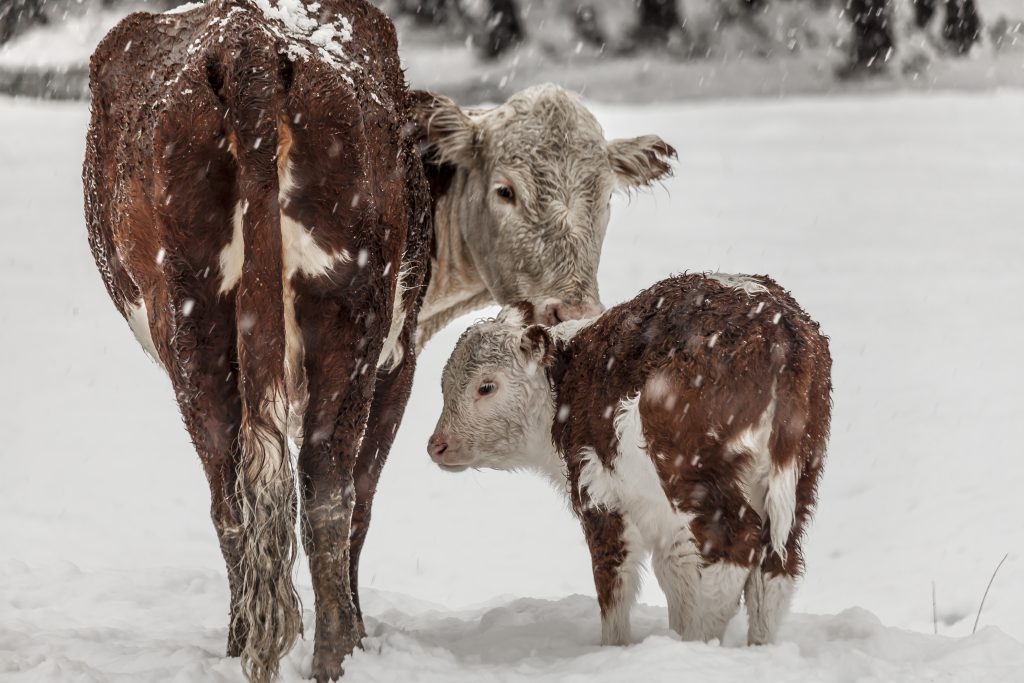
At the 2023 Oklahoma Cattlemen’s Association’s Annual Convention and Trade Show, Senior Farm and Ranch Broadcaster, Ron Hays, caught up with Atmospheric Scientist Matt Makens with Makens Weather. Makens talked to Hays about the transition from La Niña to El Niño.
Makens was the closing keynote speaker at the convention and is also in the program for Tuesday at the NCBA Cattle Industry Summer Business Meeting. (Our coverage from the 2023 Cattle Industry Summer Business Meeting in San Diego is being powered by Farm Data Services of Stillwater)
So far, Makens said the transition from La Niña to El Niño has been on schedule.
“There is going to be a transition, but it is not immediate, and everybody is going to have a different impact, and we have simply seen that this year,” Makens said. “Eastern Oklahoma started out so wet, and we have seen the pattern kind of just totally flip on the state. Now, the west is actually starting to get some water, too, so that is all part of this transition.”
Before we lock into El Niño, Makens said there will be “hit and miss” streaks of moisture spread across the region.
“The oceans are already kind of there, but for us locally, we won’t really notice, feel or see that El Niño until fall, winter, and spring,” Makens said.
Looking into 2024 in the Southern Plains, Makens said El Niño is predicted to come early.
“The strength of El Niño is very critical because a weak El Niño versus a strong El Niño changes the complexity around the plains,” Makens said. “You get water, or you don’t, and that’s all El Niño, but as we go into early 2024, we are looking at a moderate to strong El Niño. What that does for the winter months is increase our frequency of snow and increases our total of snow, so good moisture outlook there.”
With El Niño, Makens said temperatures usually start out milder, then colder snaps come as the season moves along. This means the early winter will be mild, Makens said, but late winter will be colder than average.
Makens advises anyone who will be calving in the spring to watch out for those cold snaps because they will be bringing snow. On the farming side of things, Makens said the outlook should be much better for wheat growers, but they do need to be aware of those colder-than-average temperatures.
Next summer, Makens said warmer temperatures can be expected in the Southern Plains, much like this summer, as a short-lived El Niño will be on its way out the door.
“Model projections and history will show that it is likely to be a shorter duration,” Makens said.
Since 2000, Makens said La Niña has been far more frequent and longer lasting, versus El Niño, which has been relatively short-lived but powerful.
“History would show that La Niña is likely to come back again,” Makens said.
If El Niño fades away quickly, Makens said next summer may yield some drier conditions.
“The long-term picture is these things happen, like I said, on a 20 to 30-year cycle, and we are nearing the end of this current cycle,” Makens said. “Once it changes, the next 20 to 30 years would be a wetter phase for us. So, perhaps we are looking at one more La Niña before we see El Niño’s become more frequent.”














